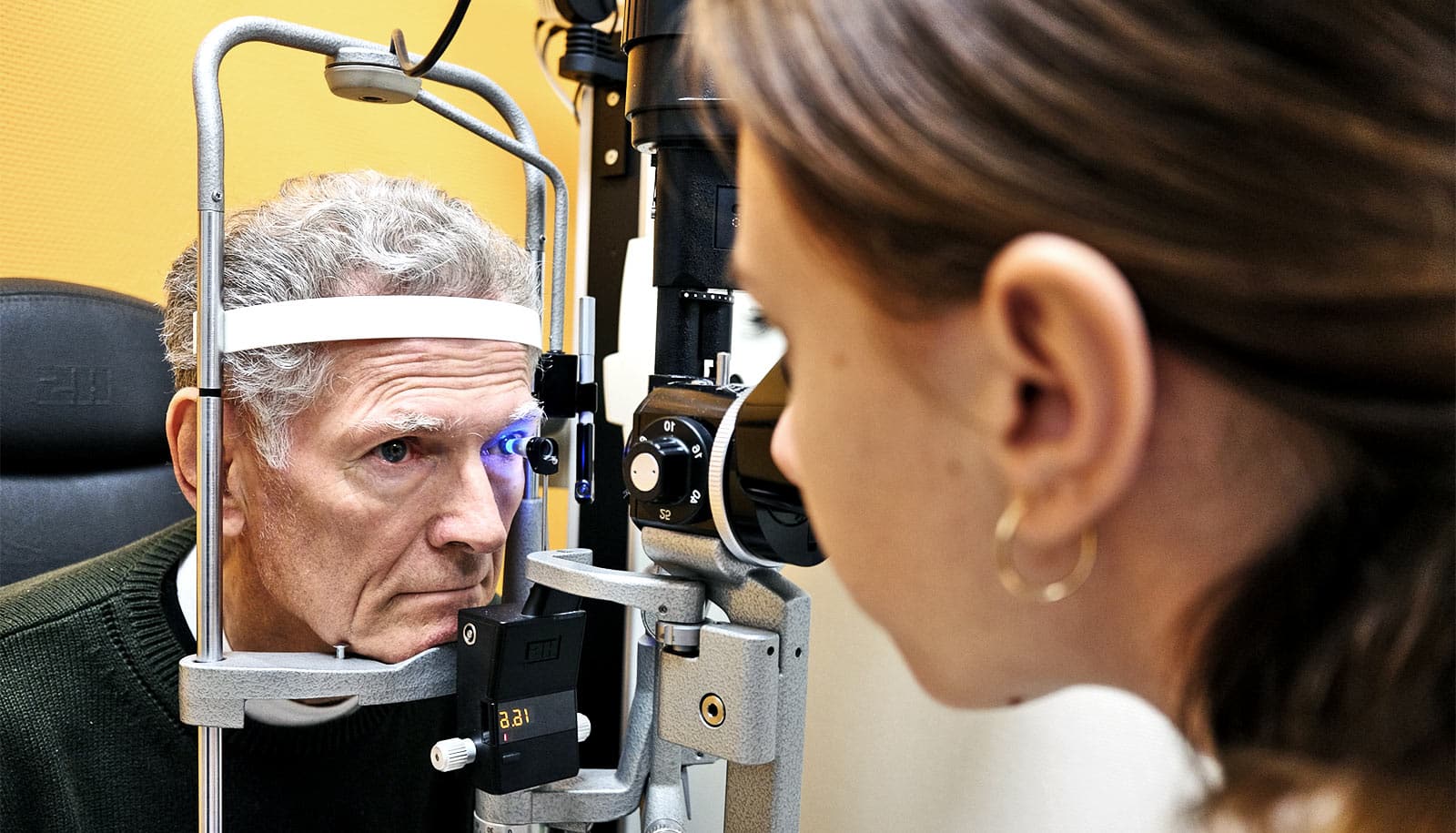A simple blood test could one day offer early detection of melanoma in the eye.
Researchers have discovered markers in the blood that can differentiate between a benign mole and a melanoma—and identify whether the cancer has spread to other areas of the body.
The blood test could monitor very early signs of the disease, says Mitchell Stark, an early career fellow at the University of Queensland Diamantina Institute.
“This blood test was able to detect the difference between a benign mole located at the back of the eye and a melanoma in the eye,” Stark says. “The test also has the potential to show if the melanoma has metastasized and spread to other areas of the body.
“Moles or naevi in the eye are common, but can be difficult to monitor because changes to their shape or coloring can’t always be seen as easily as on the skin.
“Outcomes are poor for people with melanoma in their eye if their cancer spreads to the liver. Given that having naevi in the eye is fairly common, this test may allow us to better screen these patients for early signs of melanoma formation.”
The study adds to research Stark conducted at QIMR Berghofer Medical Research Institute, where researchers first developed the panel of biomarkers and used it to detect melanoma on the skin.
In this research, researchers collected blood samples from people with either benign naevi or melanoma in the back of their eye, in addition to a small number of metastasized cases.
Researchers then tested the samples against the panel of microRNA biomarkers to distinguish the stage of disease.
Stark says after further development, the blood test has the potential as a monitoring tool in conjunction with optometrists, GPs, and specialists.
“If someone went to their optometrist for a regular check-up and a mole was found, you could have this blood test at each routine visit to help monitor mole changes,” he says. “If the biomarker in the blood had increased, it might be an early warning sign of melanoma.
“Knowing this patient was high-risk means they could be monitored more closely for the potential spread of cancer and be progressed more rapidly through the healthcare system.”
The test would be extremely helpful in clinical practice, says Bill Glasson, an ophthalmologist and service director at Queensland Ocular Oncology.
“These research findings are exciting for our patients with ocular tumors. It will allow for earlier diagnosis as well as giving doctors an earlier indication of the development of metastatic disease and importantly, a better outcome for our patients.”
The National Health and Medical Research Council and the Merchant Charitable Foundation funded the work.
The research appears in Translational Vision Science & Technology.
Source: University of Queensland


